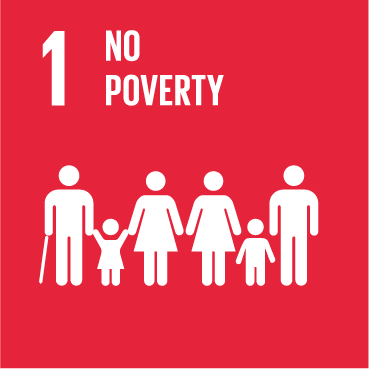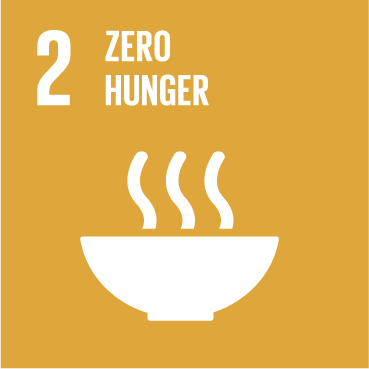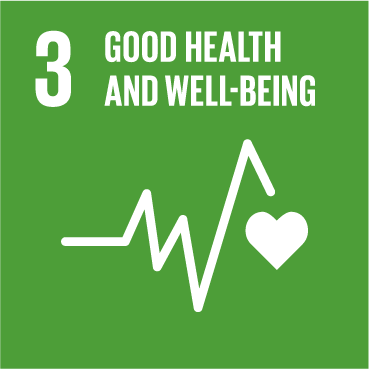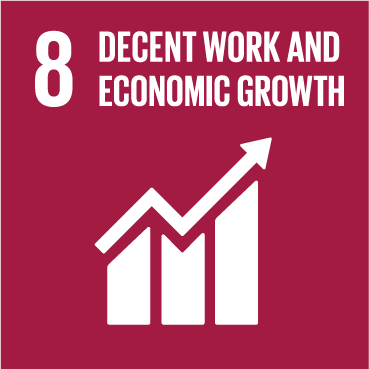Twenty-one years after the genocide, Rwanda is rapidly rebuilding its national identity – but ethnicity is still a factor.
And make no mistake, they are actual skeletons, many thousands of them – the skulls arranged in neat rows on long metal shelves, facing forward, teetering stacks of femurs and fibulae crossed over each other like twigs.
On a bright April day in 1994, a militia walked through this sanctuary and slaughtered everyone inside. The tattered clothes of those victims have been stacked in heaps across the pews – a slinky leopard print dress, a sky-blue blazer with cream white buttons, a child’s jumper emblazoned with a cartoon image of a spiky-haired skater punk. A small statue of the Virgin Mary, her eyes downcast, perches on a shelf above the altar.
Read full article here









